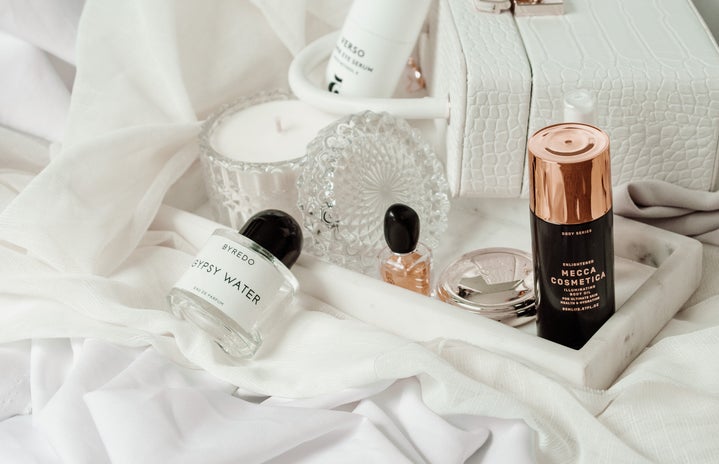Okay ladies, run the water, grab the shaving cream, and sharpen the razors–hair removal season is upon us.
Winter gave us a nice break while we reveled in our pants and long sweaters and laughed whenever we caught a quick glimpse of any type of hair removal tool. But accompanying the warmer weather are sleeveless tops, short shorts and just a little more visible skin.
Most girls run to the razor or start to heat up the wax as soon as the sunlight starts lasting more than 7 hours a day, but before you cut yourself (yet again), or get third degree burns, read this article for some alternate hair removal methods.
Sugaring is thought to be the natural alternative and less painful equivalent to waxing. Natural because the sugaring mixture uses raw materials that stay as close as possible to their natural state. Most recipes consist of sugar, lemon juice, water, honey and any type of vegetable or fruit derived oil. Once these ingredients are heated they are applied to the skin in the direction of hair growth and removed in the reverse direction. Sugaring is said to be less painful than waxing because the mixture sticks to the hair, as opposed to wax which seems to make a cement paste between the skin of an unlucky body part and the strip.
Sugaring removes hair from the root and produces long lasting results (depending on the rate of hair growth). The sugar paste can be easily rinsed off with warm water. We’ve all made the mistake of trying to wipe wax away with a towel, getting it stuck to said body part and believing amputation as the only hope. Sugaring has a decreased chance of leaving skin red and raw and can work for all skin types. As great as sugaring sounds –relatively painless, long lasting results, natural- there are some drawbacks. Creating the right consistency of the sugaring paste can be an uphill battle so if you don’t succeed; try, try again.
Depilatories can be thought of as the Houdinis of hair removal. However what looks like magic to the naked eye can be attributed to science.
Using calcium or potassium thioglycolate as the active ingredient breaks the disulfide bonds present in keratin. Keratin is the structural protein component of hair, and its breakdown eventually causes hair to dissolve so it can be scraped or wiped away. Depilatories such as Veet and Nair are sold in drugstores with formulations tailored to everything from sensitive skin to coarse hair. For a higher end option try “Fuzz Off” by Bliss available at Sephora. The main advantages of depilatories are their relative inexpensiveness, ease of use, speed and they can be done in the privacy of your own home. One of the main disadvantages is the odour. It can be eloquently described as melted plastic poured over Walter White’s meth lab with a dash of every acidic substance you can think of that combine to mount an aggressive assault on your nasal canal – in short it doesn’t smell good. So plug your nose and use thoughts of smooth legs to keep you from passing out, throwing up, or both. The other downfall of depilatories is the potential for pain. An acute pain that some describe as “an intense burning and a feeling I can only describe as like being given a barbed wire wedgie” (Amazon Review), can be produced by allergic reaction or leaving the cream on for too long.
Epilation is a relatively new hair loss procedure. It uses a mechanical device – an epilator, that looks similar to a shaver. However, instead of blades like those of a razor, the head consists of tiny vertical tweezers that pull out individual hair from the root.
While a dozen tweezers pulling out hairs one by one may sound like a unique form of torture, the pain is said to be less than that of waxing. The epilator is applied to dry skin, and slowly run over areas with unwanted hair. The advantages of epilation are the long lasting effects because it removes the hair from its root and can reduce hair growth over time. It’s not as messy as waxing and can be done at home. However, the epilated area can and will become red and the epilation process will hurt. It can be time consuming depending on which body part is being worked on; your armpits won’t take too long but if you’re epilating your legs I suggest you put a movie on. Epilators are definitely an investment and can cost over one hundred dollars initially, but you’ll save money in the long run.
Raise your hand if you’ve ever felt victimized by the hair removal process.
Hair removal is not for the faint of heart. It can be a messy and painful process, and at times the results resemble patches as opposed to an even cut. When hair grows back with a personal vendetta we all feel a little victimized, so whatever your weapon, be it a vat of sugar and lemon juice, an epilator in each hand or a gas mask and a tube of Veet, go forth and make every hair sorry that it ever broke the skin.

